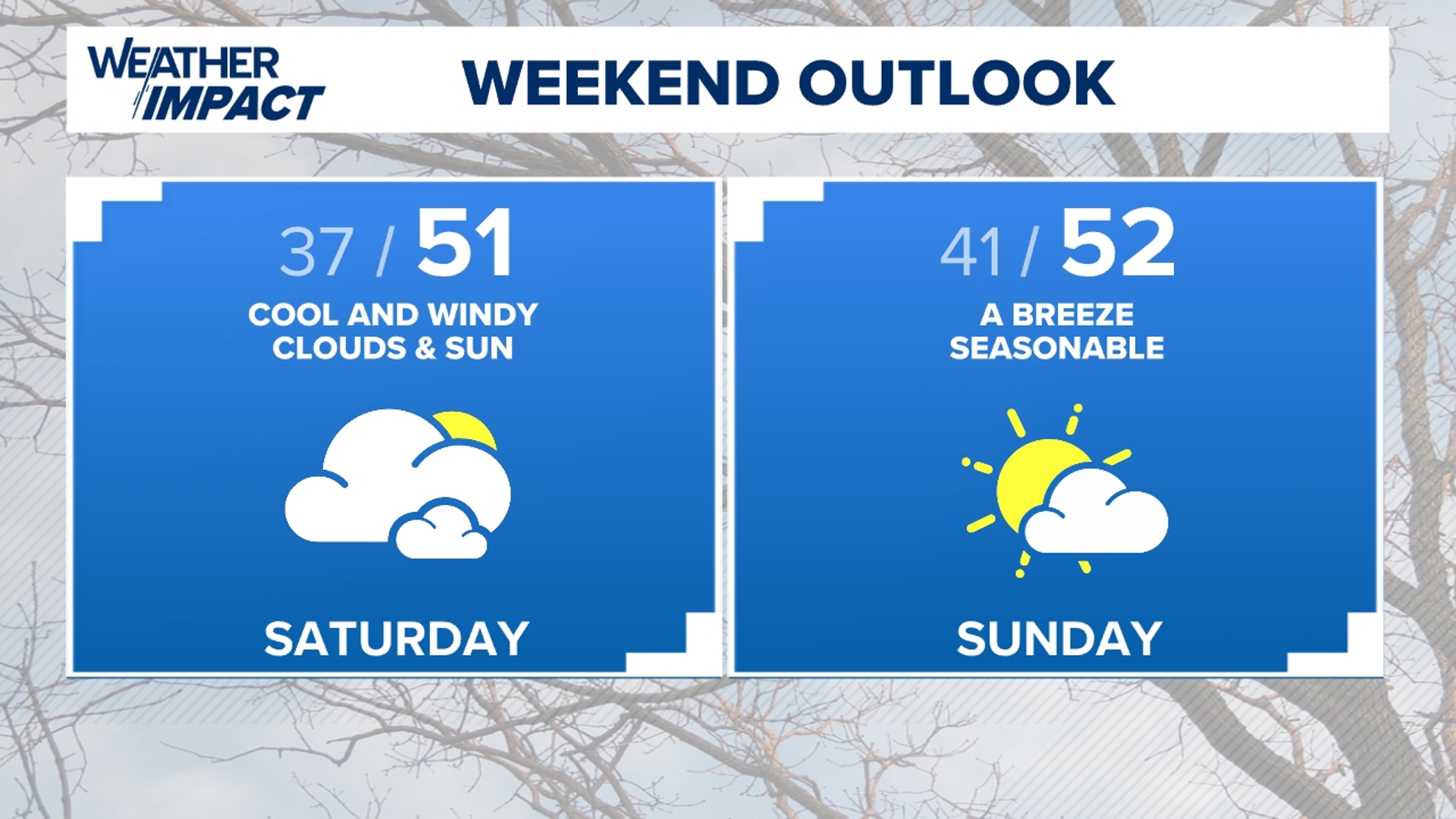HARRISBURG, Pa. — After a meeting of the Commonwealth Drought Task Force this week, the Pennsylvania Department of Environmental Protection announced Thursday that its drought watch is remaining in effect for 20 counties.
Cumberland, Dauphin, Franklin, Lancaster, Lebanon, Perry and York Counties remain under the drought watch, according to the DEP.
For example, at home, there are many simple ways to use less water:
- Run the dishwasher and washing machine less often, and only with full loads.
- Don’t let the faucet run while brushing your teeth or shaving. Take shorter showers. For example, consider not washing your hair daily.
- Water your lawn only if necessary. Avoid watering on windy and hot days. Watering grass lightly and efficiently will encourage healthier, deeper grassroots. Overwatering is wasteful, encourages fungal growth and disease, and results in shallow, compacted root systems that are more susceptible to drought.
- When mowing your lawn, set the blades 2-3 inches high. Longer grass shades the soil, improving moisture retention.
- Water your garden less often. If necessary, water only in the cooler evening or morning hours, and direct the water to the ground at the base of the plant. Focus on new plantings, which have shallow root systems. Older plants may endure dry conditions longer.
- Skip the car washing. If you have to wash your car, it's better environmentally to go to a drive-through car wash that recycles the water.
- Sweep your sidewalk, deck, or driveway, instead of hosing it off.
- Check for and repair household leaks. For example, a leaking toilet can waste up to 200 gallons of water daily.
- Set up a rain barrel to be ready to repurpose rain when it does fall. For helpful information, see this Penn State Extension guide. Or just set out a bucket to capture water in the event of rain, and reuse it to water plants or the bird bath.
For more tips for residents as well as fact sheets on how businesses such as lawn care services, landscapers, hotels, and restaurants can reduce water use, see the U.S. Environmental Protection Agency Drought and WaterSense web page.
Drought watch declarations aren’t based on one indicator alone, such as rainfall, DEP said.
DEP assesses data on precipitation, stream and river flow, groundwater level, and soil moisture and information from public water suppliers.
For a map of daily drought status and a weekly list of public water suppliers that are requesting or requiring water use reduction, see the DEP drought web page.
For a map that’s updated daily to show the status of each indicator for each county, see the USGS Pennsylvania drought condition monitoring website.



